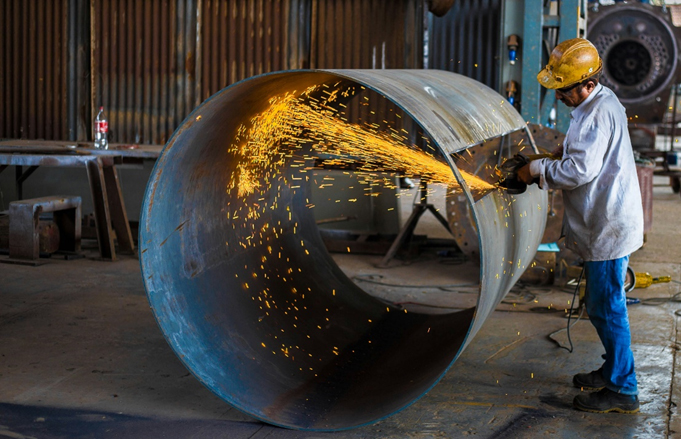Comparing 200 vs. 300 Series Stainless Steel: Key Differences
Date : April 15, 2024Stainless steel represents one of the finest and most versatile materials in the modern era, with applications that covers from construct to industrial and kitchenware. The 200 and 300 series are two widely used series in the stainless-steel industry. Both are tough and resistant to corrosion; however, they differ by features which make materials ideal for different uses. Let's take look at the key differences between these two series.
Composition
- 200 Series: The 200 series stainless steel is determining by its manganese and nitrogen compositions. It also contains nickel, but at less percentage than the 300 series. The 200 series is made up mainly of austenitic chromium-nickel-manganese alloys, including grades 201 and 202.
- 300 Series: The 300 series, in the opposite, is mainly made up of austenitic chromium-nickel alloys. It consists of well-known grades like 304 and 316, that contain greater nickel and chromium material than grades in the 200 series. This brings greater corrosion resistance and strength.

Corrosion Resistance
- 200 Series: As the 200 series have a sufficient amount of corrosion resistance, the 300 series usually offers more corrosion resistance. Which makes it appropriate for interior applications or environments with minimal exposure to corrosive elements.
- 300 Series: The 300 series, specifically 316, is recognized for its strong corrosion resistance, which makes it suitable for usage in harsh conditions including marine environments and chemical processing equipment.
Strength and Durability
- 200 Series: In comparison with its 300 series, the mechanical qualities of stainless steel in the 200 series generally inferior. However, they offer enough strength for a range of purposes, high-pressure circumstances might not require it to be as strong or robust.
- 300 Series: The 300 series is more durable and powerful through its greater nickel and chromium material. As a result, it perfect for structural components, heavy machinery, and other uses that needs excellent resistance to corrosion and wear.

Applications
200 Series:
- Kitchen appliances
- Utensils
- Automotive trim
300 Series:
- Chemical processing equipment
- Medical devices
- Marine hardware
- Food processing machinery
- Structural components

Conclusion:
In conclusion, however the stainless steels to the 200 and 300 series are highly resistant to corrosion and versatile, both of them serve two different purposes. The 200 series makes a good choice for affordable choices in smaller-scale cases, rather than the 300 series sparkles in applications which require superior corrosion resistance, strength, and durability, even at a greater cost. It is crucial to better understand these primary differences so that you'll be able to choose the most suitable type of stainless steel for your particular requirements.


